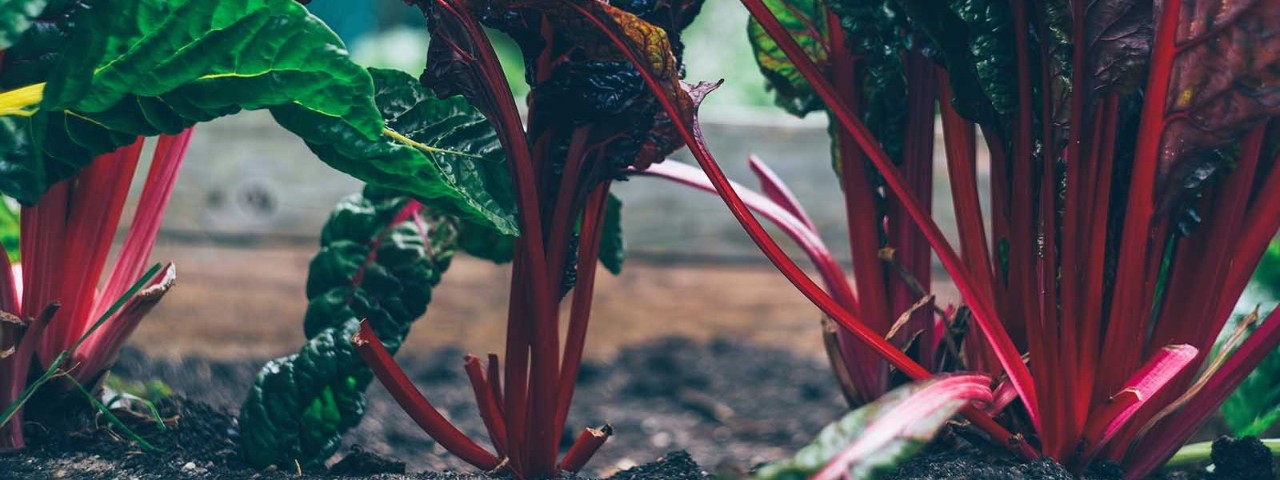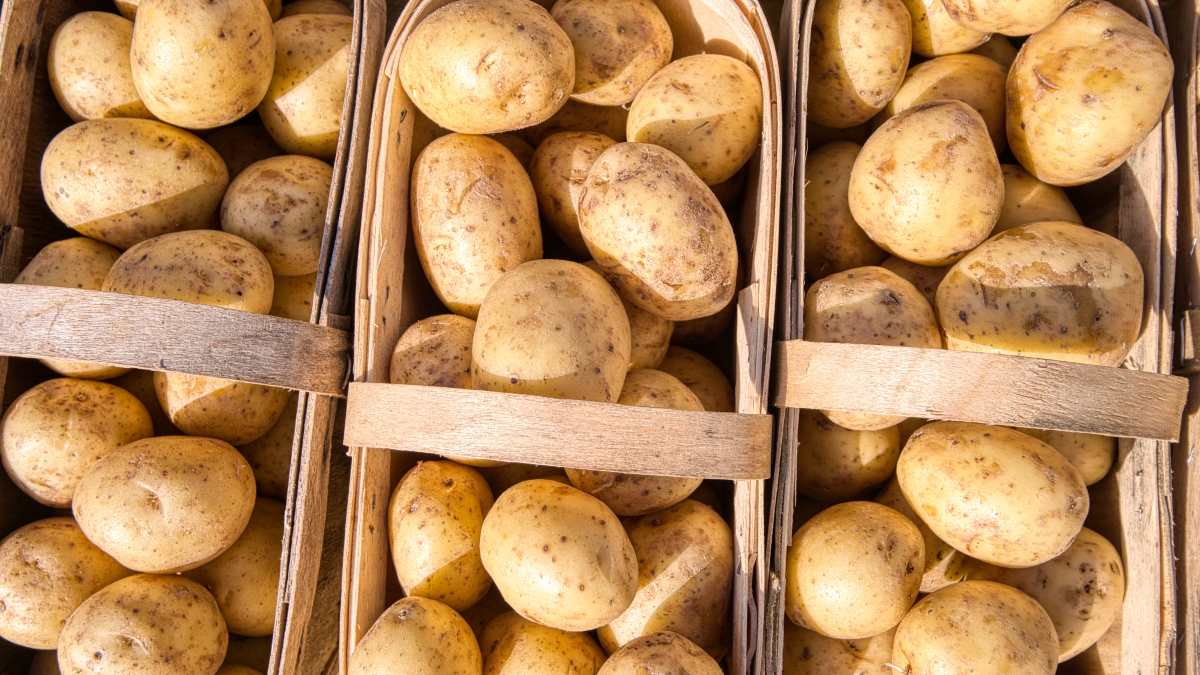Regular tree trimming is essential for tree health and property safety. Here's what you need to know about trimming and pruning your trees, especially before storm season.
How to grow vegies from kitchen scraps

Don’t let your vegie scraps go to waste. Here’s how to turn offcuts into edibles.
Cultivating vegies using what you have at hand is a centuries-old tradition and today you only have to look as far as the kitchen bin for some tasty options.
Many house-bound people have turned to gardening and while some nurseries have had shortages of seedlings during the coronavirus pandemic, a cost-effective alternative is to use vegie scraps to grow edible plants or collect seeds for the next season.
(More: How to start your own vegie patch.)
Using these scraps, it’s possible to turn a single garlic clove into a fat bulb bursting with cloves or use potato peelings to grow spuds for dinner.
If your parsley’s going to seed, let it. It will re-seed in the same spot and sprout again, and if you’ve bought chillies for a curry, you can scrape out the seeds and use them to grow new plants.
The possibilities are many, says Marcelle Swanson, edibles category manager at the Diggers Club, which uses age-old horticultural practices such as seed harvesting, and sells heirloom seeds passed down through generations.
How to grow vegies from scraps
Scraps that can regrow entire new plants fairly quickly include spring onions, celery and sweet potatoes, she says. The tops of pineapples and avocado pips also grow into new plants, although they will take years to mature.
If you want to flavour the Christmas roast, autumn is the time to take a single organic garlic clove and plant it in the ground. “Put the flat bottom down and pointy bit facing up; it’s that easy and, if you plant a clove [in autumn], you’ll have a whole garlic bulb by Christmas,” Marcelle says.
She points out that it’s important to use heirloom or organic garlic and other produce when growing from scraps to ensure they haven’t been genetically modified to stop them regrowing.
One of the most popular backyard gardening hacks is using a potato’s ‘eyes’ – the spots that form roots – to grow a crop, but Marcelle warns you risk infecting a garden plot with potato disease. She recommends using only ‘certified seed potatoes’, which are free from diseases such as brown rot.
How to grow vegies from seed
Seed preservation is also simple, Marcelle says. For store-bought produce, simply scrape seeds out of vegetables such as capsicum or chilli and dry them on a paper towel. Store them and plant in the spring – the same method is used for most seeds, she says.
If you have a spindly tomato plant left in the garden, that’s the foundation for next year’s crop, she says. Simply leave the plant to self-seed or scrape out the seeds from the tomatoes and dry on paper towelling, ready for replanting next spring.
Beans and peas inside pods are seeds that can be dried and planted for next season’s crop, she says. And pumpkin is easily grown from the seeds taken straight from the guts of this kitchen staple.

There's a large amount of satisfaction that can come from growing your own food and vegetables
Five things you can grow from scraps


